What is the Paleo Diet and How Does it Work
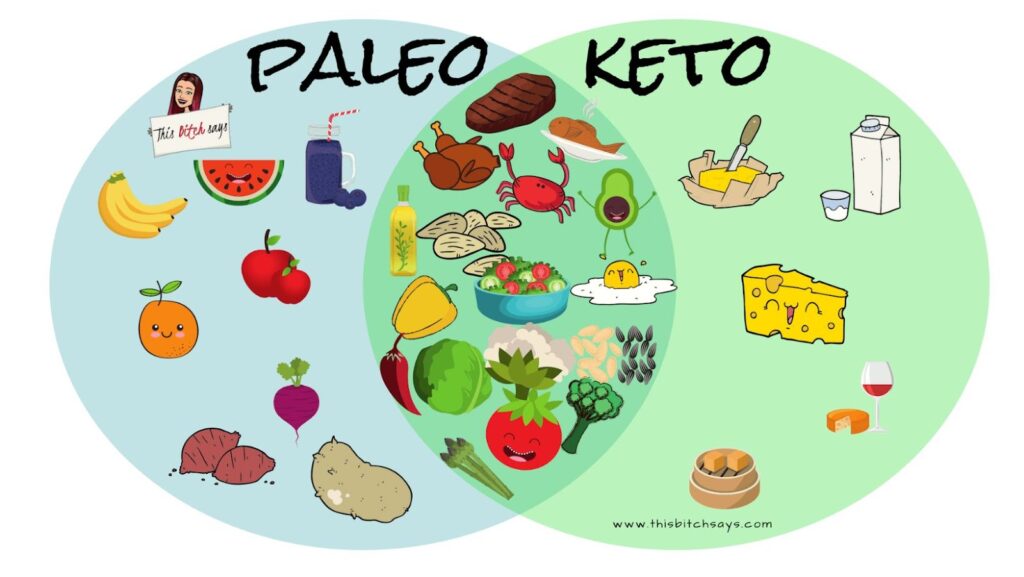
If you’re anything like me, you’re always on the lookout for the latest and greatest diet trends. And lately, it seems like everyone is talking about the Paleo Diet. So what is the Paleo Diet and how does it work?
What is the Paleo Diet
The Paleo diet is a Nutritional approach that focuses on consuming the food that our Paleolithic ancestors ate. The theory is that by consuming the foods that our ancient ancestors ate, we will be healthier and will avoid the chronic diseases that are so prevalent in Western society today. The Paleo diet includes lean meats, fish, fruits, vegetables, nuts, and seeds. It excludes dairy, grains, processed foods, and sugar.
The Paleo diet works by consuming the food that our Paleolithic ancestors ate. The theory is that by consuming the foods that our ancient ancestors ate, we will be healthier and will avoid the chronic diseases that are so prevalent in Western society today. The Paleo diet includes lean meats, fish, fruits, vegetables, nuts, and seeds. It excludes dairy products, grains, processed foods, and sugar.
paleo diet vs keto
The keto diet and the paleo diet are two of the most popular diets today. But which one is better for you?
The paleo diet is based on the idea that humans should eat the same way our hunter-gatherer ancestors did. That means eating mostly meats, vegetables, fruits, and nuts, and avoiding processed foods, grains, dairy, and legumes.
The keto diet is a high-fat, low-carb diet. It’s similar to the paleo diet in that you’re avoiding processed foods and eating mostly whole foods. But on the keto diet, your carb intake is very low (usually less than 50 grams per day). That forces your body to burn fat for energy instead of carbs.
So which diet is better for you? It depends on your goals. If you want to lose weight quickly, the keto diet may be a better option. But if you want to make sure you’re getting all the nutrients your body needs, the paleo diet may be a better choice.
The Benefits of the Paleo Diet
We know that the Paleo Diet has many health benefits – but what are they?
The Paleo Diet has been shown to improve cholesterol levels and triglyceride levels, as well as blood pressure. It can also help to regulate blood sugar levels and reduce the risk of developing type 2 diabetes.
The Paleo Diet has also been shown to improve joint health and to reduce inflammation throughout the body. This can lead to a reduction in the risk of developing chronic diseases such as heart disease, cancer, and Alzheimer’s disease.
The Risks of the Paleo Diet
Like any extreme diet, there are some risks associated with the Paleo Diet. These risks are mostly due to nutritional deficiencies that can occur when certain food groups are eliminated. For example, the Paleo Diet eliminates dairy, which is a major source of calcium. This can lead to osteoporosis and other bone problems.
Another risk of the Paleo Diet is that it can be hard to get enough vitamins and minerals if you’re not eating a variety of fruits and vegetables. This is because many of the vitamins and minerals in fruits and vegetables are not found in meat, fish, and eggs.
The last risk of the Paleo Diet is that it can be expensive. This is because organic meats, fruits, and vegetables can be pricey. Also, you may need to buy speciality items like almond flour and coconut milk, which can also add to the cost.
How to Follow the Paleo Diet
The Paleo diet is based on the premise that humans should eat the same way that our ancestors did – that is, we should eat foods that are minimally processed and closest to their natural state.
There are a few different ways that people can follow the Paleo diet. The first and most strict method is to eat only foods that were available during the Paleolithic era. This means no grains, legumes, dairy, or refined sugars.
Some people choose to be a little more lenient with their Paleo diet and include some of the foods that were not available during the Paleolithic era but are still considered to be healthy, such as quinoa, sweet potatoes, and 100% fruit juice.
Others choose to follow an even more lenient version of the Paleo diet and include dairy, legumes, and whole grains. This is often referred to as the Primal diet.
No matter which version of the Paleo diet you choose to follow, there are a few general principles that all adherents adhere to:
-Eating plenty of fresh fruits and vegetables
-Eating lean meats, fish, seafood, and eggs
-Eating healthy fats from nuts, seeds, olive oil, and avocados
-Avoiding processed foods, refined sugars, and artificial sweeteners
-Avoiding dairy products
Paleo Diet Recipes
When it comes to food, the Paleo diet is pretty straightforward: Meat, veggies, fruit, and healthy fats are on the menu while grains, dairy, processed foods, and refined sugars are not. But there’s more to the diet than just that. In order to be successful with Paleo, you need to understand how the diet works and what you can and can’t eat. Here’s everything you need to know about the Paleo diet before getting started.
The Paleo diet is based on the premise that we should eat like our Stone Age ancestors did because they were supposedly healthier and had fewer chronic diseases than we do today. The logic behind this thinking is that by eating like our ancestors, we will be able to reduce our risk of developing some of the chronic diseases that are so common today, such as heart disease, diabetes, and obesity.
However, there is no scientific evidence to support this claim. In fact, some research suggests that following a Paleo-style diet may actually increase your risk of some chronic diseases.
So what exactly do you eat on the Paleo diet? The answer depends on who you ask. There is no one-size-fits-all answer, as everyone’s approach to Paleo varies slightly. However, there are some general guidelines that most people following a Paleo diet tend to follow:
1. Eat mostly plants (veggies, fruits, nuts, and seeds) and animals (meat, fish, poultry).
2. Avoid processed foods and refined sugars.
3. Eat healthy fats from olive oil and nuts instead of unhealthy fats from vegetable oils and processed foods.
4. Limit your intake of dairy products.
5. Avoid grains altogether or limit your consumption of certain grains (such as wheat) if you have trouble digesting them.
6. Get adequate exercise every day
Paleo Diet Meal Plan
Paleo meals typically consist of a protein and a vegetable, but they can also include starchy vegetables, fruits, nuts, and seeds. A typical day of eating might look like this:
Breakfast: Scrambled eggs with spinach and avocado
Lunch: A salad with grilled chicken or steak
Dinner: Salmon with roasted Brussels sprouts and sweet potato
snacks: carrot sticks with guacamole or an apple with almond butter
Paleo Diet Tips
Paleo diet tips for beginners:
1. Choose whole, unprocessed foods: This means eating mostly meat, seafood, eggs, vegetables, fruit, nuts and seeds. These foods are naturally lower in sugar and unhealthy fats, and higher in nutrients.
2. Avoid processed foods: These are usually high in sugar, unhealthy fats and additives that can harm your health.
3. Don’t be afraid of fat: Healthy fats from olive oil, avocado and coconut oil are an important part of the Paleo diet. They help your body absorb nutrients and keep you feeling full longer.
4. Get enough protein: Protein is important for muscle building and repair, and helps to keep you feeling full longer. The best sources are grass-fed beef, wild-caught fish and chicken, eggs and nuts.
5. Drink plenty of water: Staying hydrated is important for overall health, and will also help you feel fuller between meals. drink around 2 liters (68 ounces) of water per day.
6. Eat moderate amounts of fruit: Fruit is a great source of vitamins, minerals and fiber, but it’s also high in sugar. Eat 1-2 pieces per day as part of a balanced diet.
7 . Include healthy fats at every meal: Healthy fats such as olive oil, avocado or coconut oil help your body to absorb nutrients from other food groups (such as vegetables) and they keep you feeling full longer. Use these oils sparingly – a good rule of thumb is to use 1 tablespoon (15 ml) per person at each meal.
8. Avoid sugary drinks and juices:These are high in empty calories that can disrupt your blood sugar levels and lead to weight gain. Stick to water or unsweetened herbal tea instead.

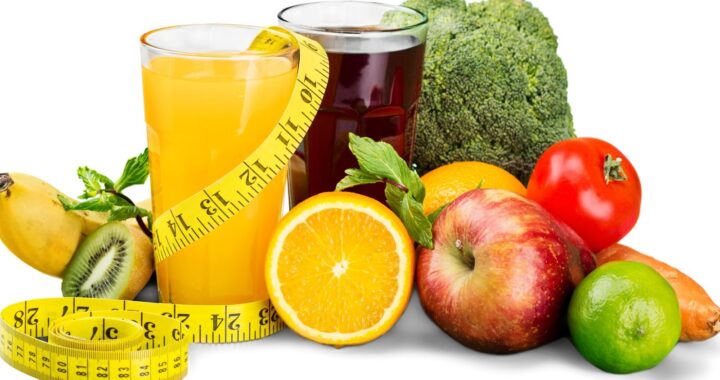 Fad Diets and Long-Term Solutions: A History of Dieting Trends
Fad Diets and Long-Term Solutions: A History of Dieting Trends  5 Weight Loss Myths
5 Weight Loss Myths 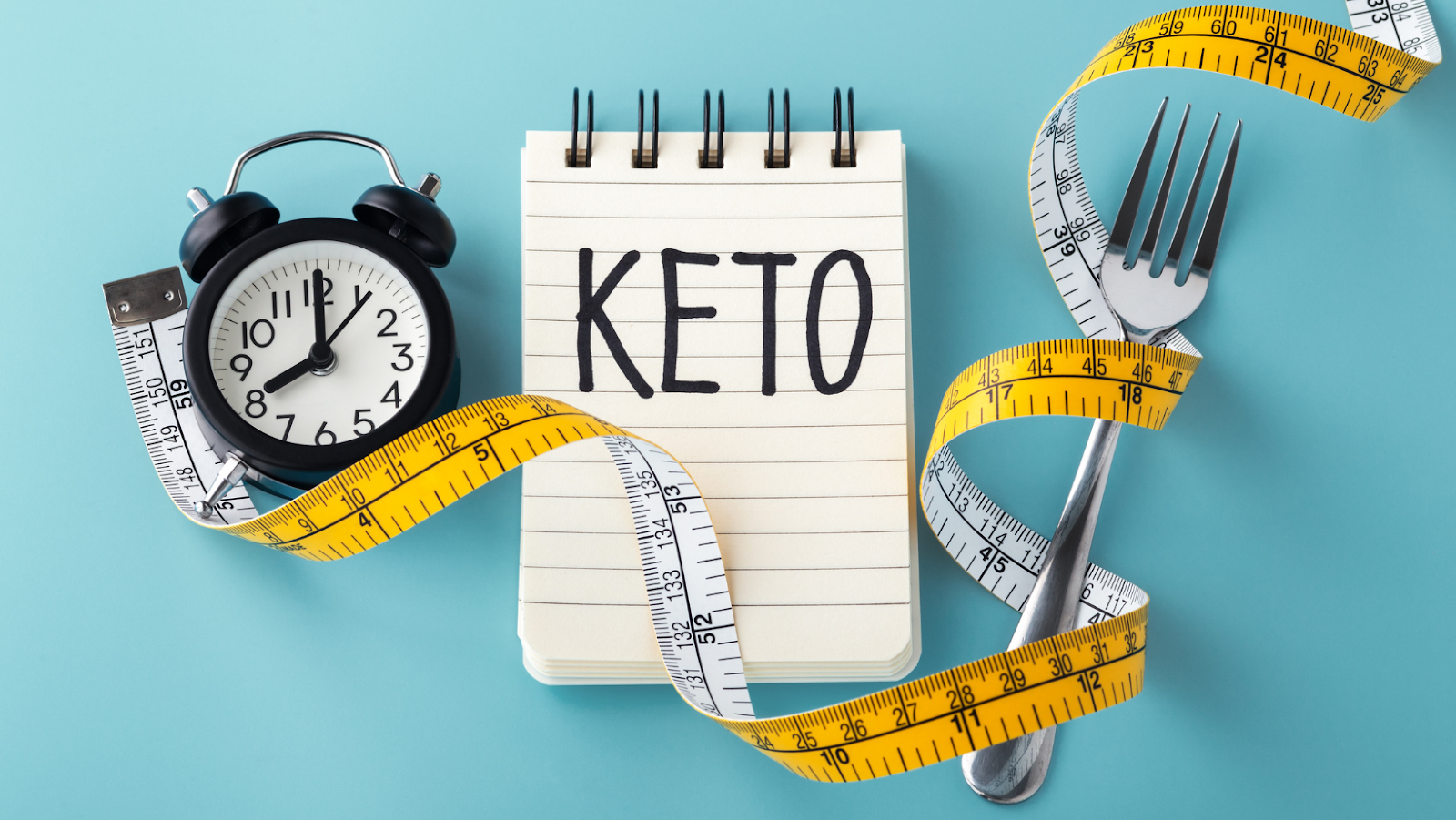 The Ultimate Guide to Keto Carrots
The Ultimate Guide to Keto Carrots 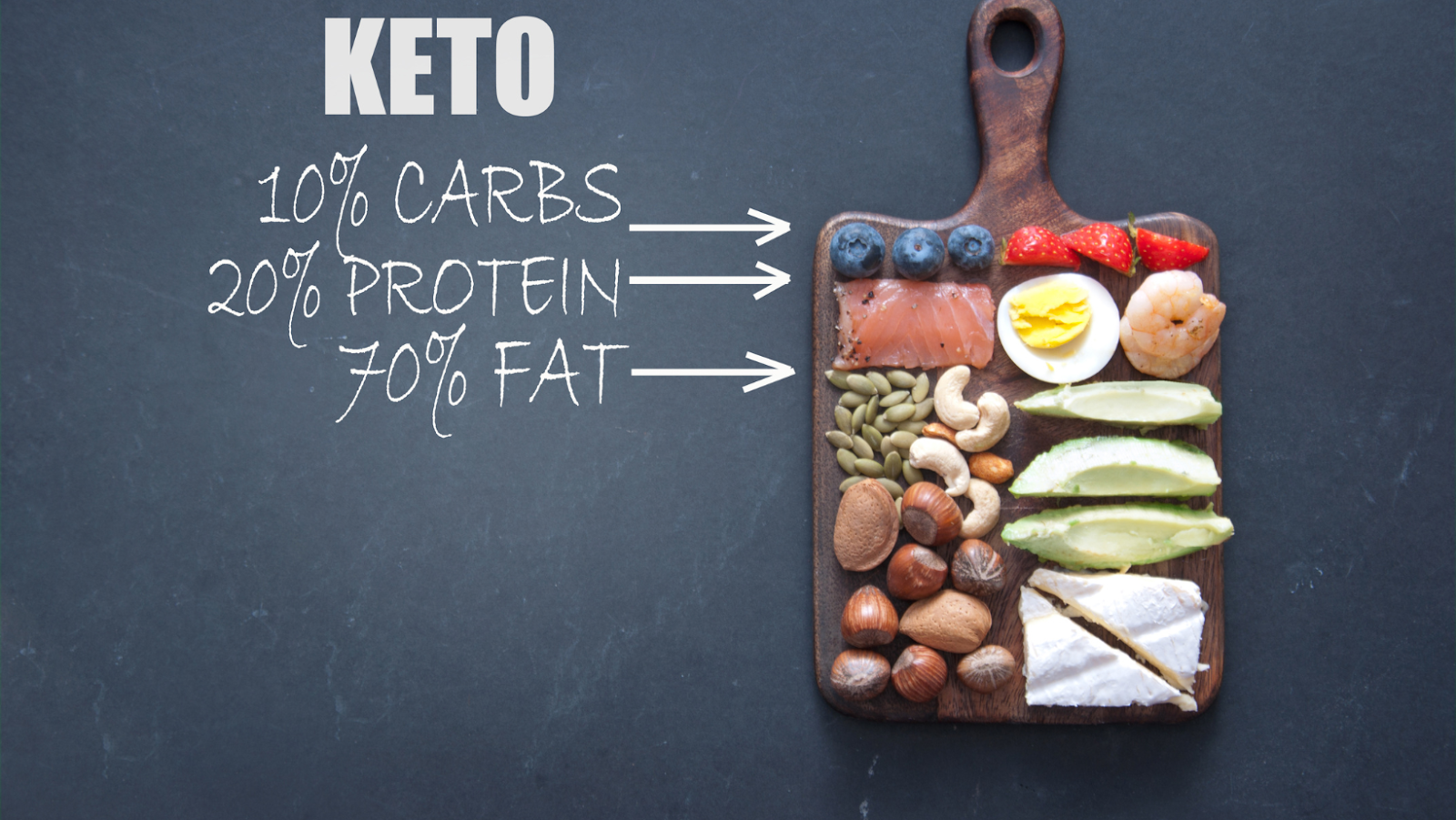 The Secret to Getting More Energy and Endurance When you are on a Keto Diet
The Secret to Getting More Energy and Endurance When you are on a Keto Diet  The Healthiest Fruit For A Keto Diet
The Healthiest Fruit For A Keto Diet 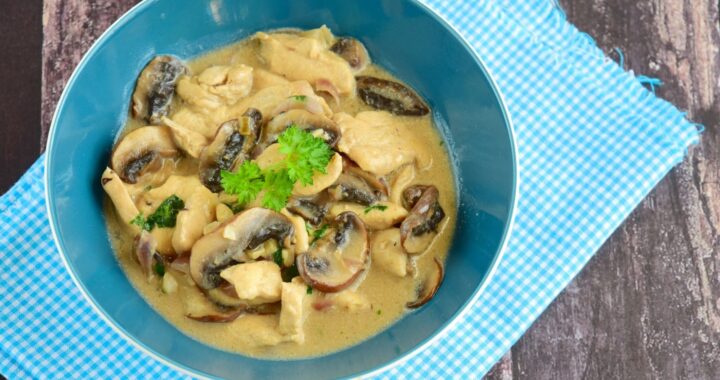 Chicken and Mushrooms are The Perfect Combination for A Healthy Meal
Chicken and Mushrooms are The Perfect Combination for A Healthy Meal